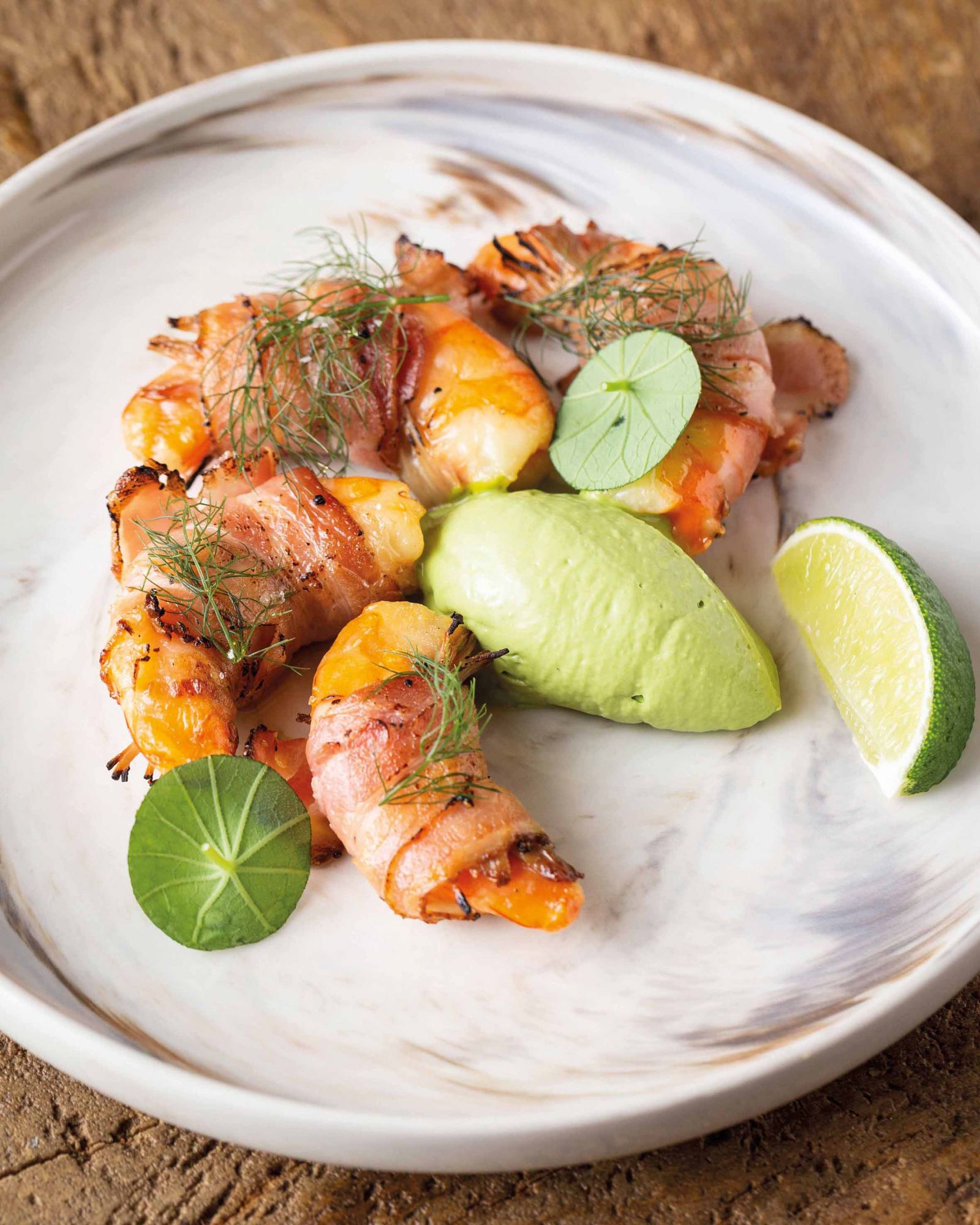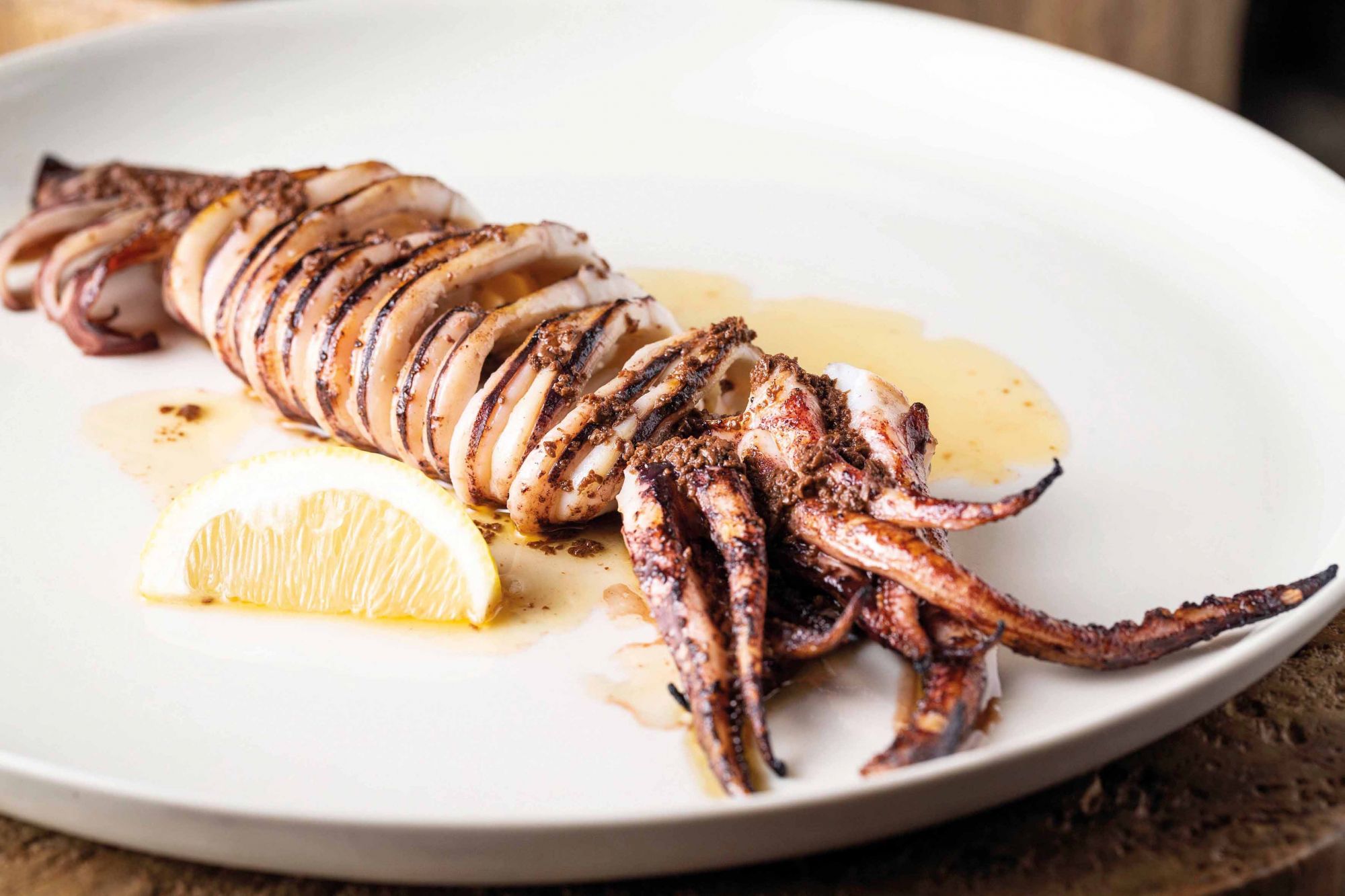The chef-owner of restaurants like Singapore's Adrift by David Myers and Salt Water in Tokyo comes clean about the business of cooking green
The slow and steady race to embrace a more sustainable lifestyle is a complex thing, driven by a seemingly simple ethos—that of making a conscious decision to put the planet first. But the fact that we struggle to give up something as simple as plastic straws not only affirms the complex nature of today’s consumer market, it also sheds some light on the struggles restaurateurs face in their bid to be more committed to the cause. Something David Myers of Adrift at Marina Bay Sands knows all too well.

“Eliminating the consumption of plastic is a tough challenge because it’s everywhere and so ingrained in our daily lives,” shared the charismatic Californian chef-restaurateur who also has restaurants in Dubai and Tokyo. “However, I think it’s a journey and every small step matters. For example, our restaurants in Dubai don’t use any plastic straws, we use recyclable straws instead.”
The point, he stresses, is that there are more ways to be part of the change we want to see in this world. “At Adrift by David Myers, we are focused on working with the right suppliers and vendors who are able to provide us with ingredients at the highest level, both in quality and how they are handled and raised,” he expounds. “Quality is at the top of our list, and our team upholds this goal. We try our best to source for earth-friendly and environmentally-sound produce.”
(Related: Tatler Table: Embracing Sustainable Dining)



